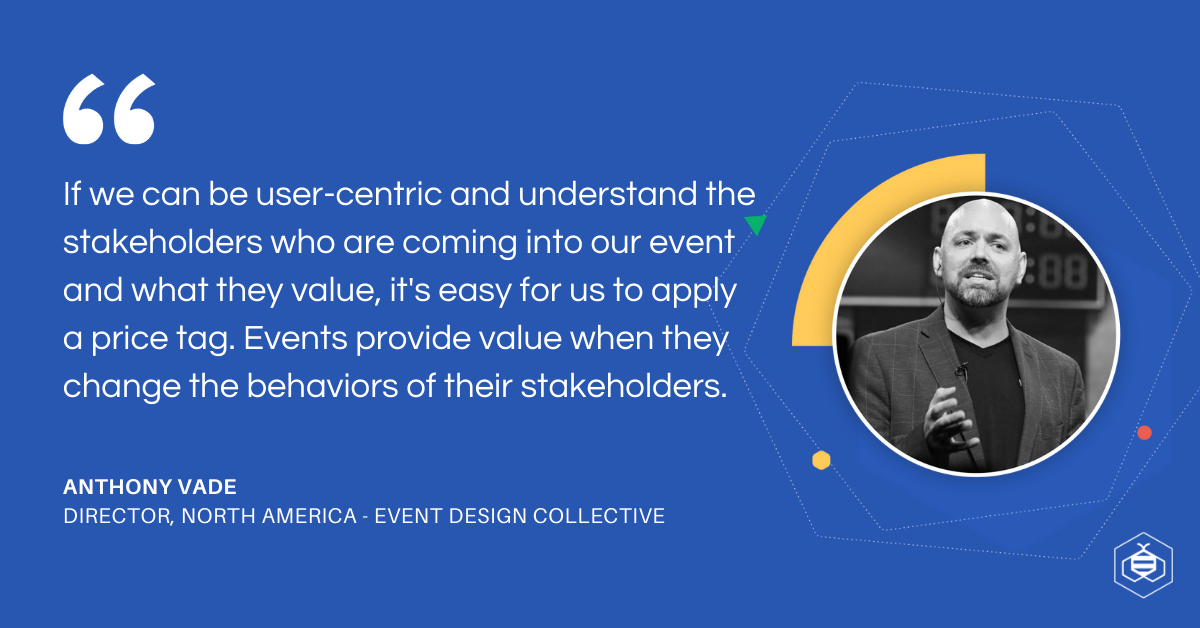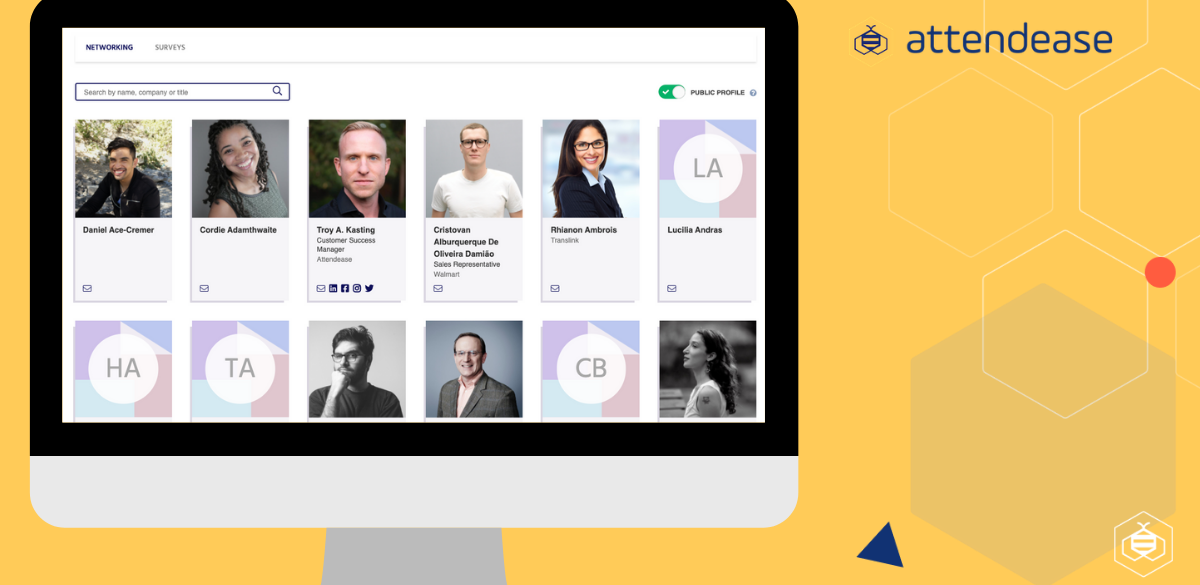In today’s spotlight series, you will learn more about event engagement from Samuel J. Smith, founder of the event gamification software, Social Point. Sam produced hybrid events in a prior life and led the MPI research team that developed the baseline research for virtual and hybrid events. And today, he helps exhibitors and marketers make virtual and in-person events fun through event gamification.
Attendee Types and Event Engagement Expectations
Pre-pandemic, Sam wrote an article about the myth of 100% attendee engagement. The concept he shared is more relevant than ever. In this article, he mentioned the existence of six attendee types: creators, critiquers, collectors, shares, joiners and inactives. Each attendee type will have different needs from technology and therefore, they’re going to require different engagement experiences.
Whether it’s an in-person, hybrid, or virtual event, you will have some version of these attendee types in your event. For example, a creator is someone who enjoys creating things, they take a white piece of paper and they can draw or come up with lots of ideas. Creators represent about 10% of one’s audience.
Critiquers can’t really come up with anything. But if they see what you did, they can write 40 pages of why that’s terrible and need to change. And you want to embrace that behavior, because that’s actually about 30 to 40% of your audience.
Can you create an event experience where creators are engaged, but also critiquers? Instead of letting them fight against each other, how can they enjoy working together to create something better? If a creator makes a post on Facebook, you get critiques to comment on it. So how can you do that inside your event? Those are the types of questions you need to ask.
There’s another behavior called the collector: they’re the ones who run around a tradeshow and collect all the things, whether pens, buttons, or notepads. We’ve designed events that had buttons all around the venue. When they realized there were different buttons, they were trying to collect the full set. Another way to think about this is using gamification to collect badges for example.
The other three attendee types are shares, joiners, and inactive. There are people out there that will join everything. They don’t really do much when they join, but they just like to sign up for things. And there’s a group where people like to share, they just like to tell people about other things. And then of course, there’s always people who will do nothing. No matter what, no matter how hard you try, they will do nothing.
Once we understand this concept it’s easier to think about what types of experiences we can create in our events to drive the event engagement from these different attendee profiles. In a chat, one of the tools that we like to use is to have a topic-based conversation. This can motivate creators and critiquers to participate. Having a moderator is important to get that conversation going, even before the session starts. We noticed that having these easy, fun questions, in the beginning, can help to continue driving engagement later.
To fulfill the needs of collectors, we have done scavenger hunts or multi-day event gamification, offering different badges for them to collect. For the collector, it is not about being on the top of the leaderboard. The reward is in collecting those badges.
In order to build opportunities for most people to engage, we have what I call a layered engagement approach. You will not please everyone all the time. So rather than putting all the energy in one session, try to think across the entire event and give opportunities for different attendee types to engage when it makes sense for them too. In the past, we’ve built a chart to find what engagement opportunities existed. That can make sure we tried to appeal to all people at some point during the event.

Measuring Event Engagement Success
Considering this layered engagement approach for unique attendee types you will find out that you will never have 100% engagement across all opportunities you provide. For chat and Q&A you may have 50% of your audience participating, while for gamification you may get 40% of the audience engaged, but people who engaged with the chat and Q&A are not necessarily the same as those who engaged with the game.
For games managed with SocialPoint, we have a dashboard that shows how many players you got, how many games were played, how many questions were answered, and so on.
But you need to go down another level because some of those numbers are just vanity metrics. If you want to know if you hit your event objectives, you need to dive deeper. For example, our clients designed a trivia game and they can evaluate the questions by learning objectives. So you can report out on how well players performed against those marketing objectives.
The players don’t know anything about all these marketing objectives and learning objectives, they’re playing the game. But on the back end, we have that data grouped. Therefore we can then report on it and it helps event planners in decision making.
We do a lot of sales, kickoffs and national sales meetings as well. So you can have the Northeast team versus the Southwest team and look at the data in that way too. That helps you to find out why one team is outperforming the other based on those learning objectives.
For marketers interested in lead capture, you can see where a person exists in the customer journey. So they look at engagement on these virtual events to determine if they’re a new customer, in the decision-making process, or in the research phase, for example. This can help to confirm if the event has helped to move leads down the funnel. This can support the sales team in prioritizing who to follow up with, too.
Building Your Tech Stack to Support Event Engagement
In the past, in a world pre-COVID, we would talk a lot about the concept of all-in-one event management software. But what we’re seeing now more and more, especially with the increasing needs for virtual and hybrid events, it became more clear that it’s nearly impossible to have one platform that can do everything and do everything well.
With this, we’re diving deeper into the concept of having one strong foundational tool for event management and plug in other tools to support in different areas. And Attendease and Social Point is a great example of that. You can surely build your event with Attendease, you can design a fully branded event website, the registration flow, manage the event agenda, but that gamification component would be best managed by another platform like Social Point. To learn more about how to incorporate gamification into your next event, contact Social Point.
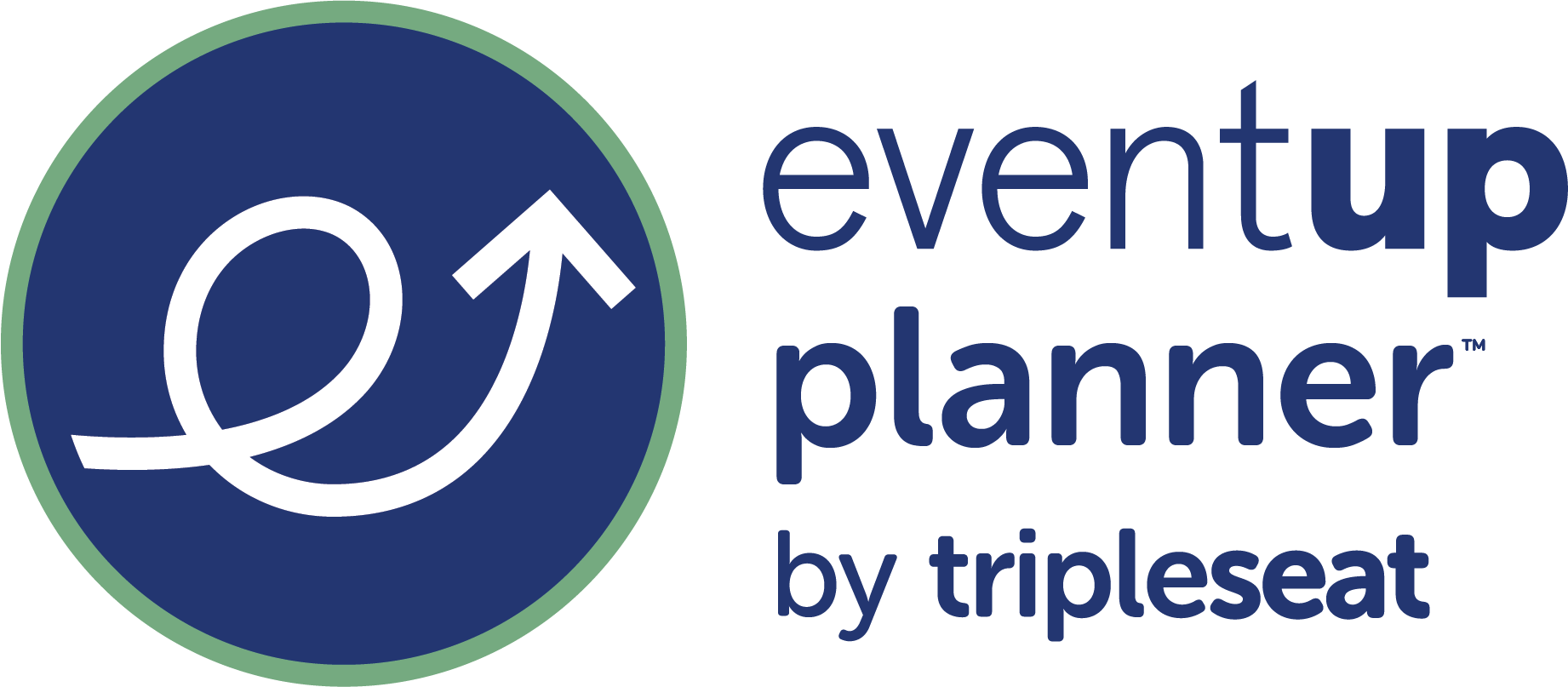


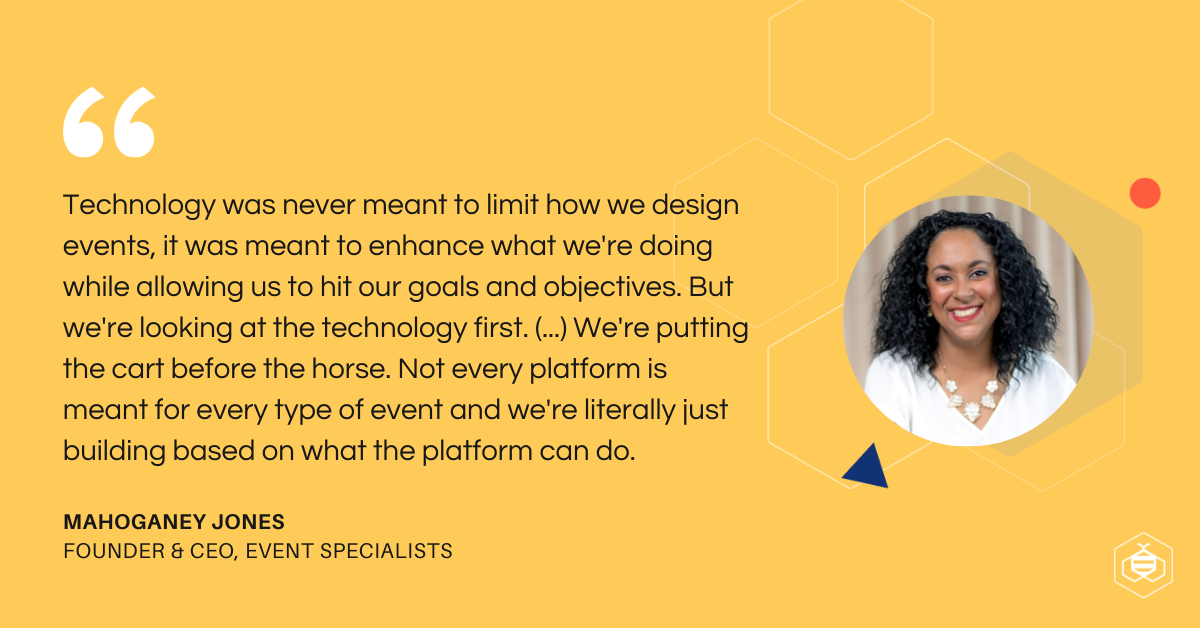
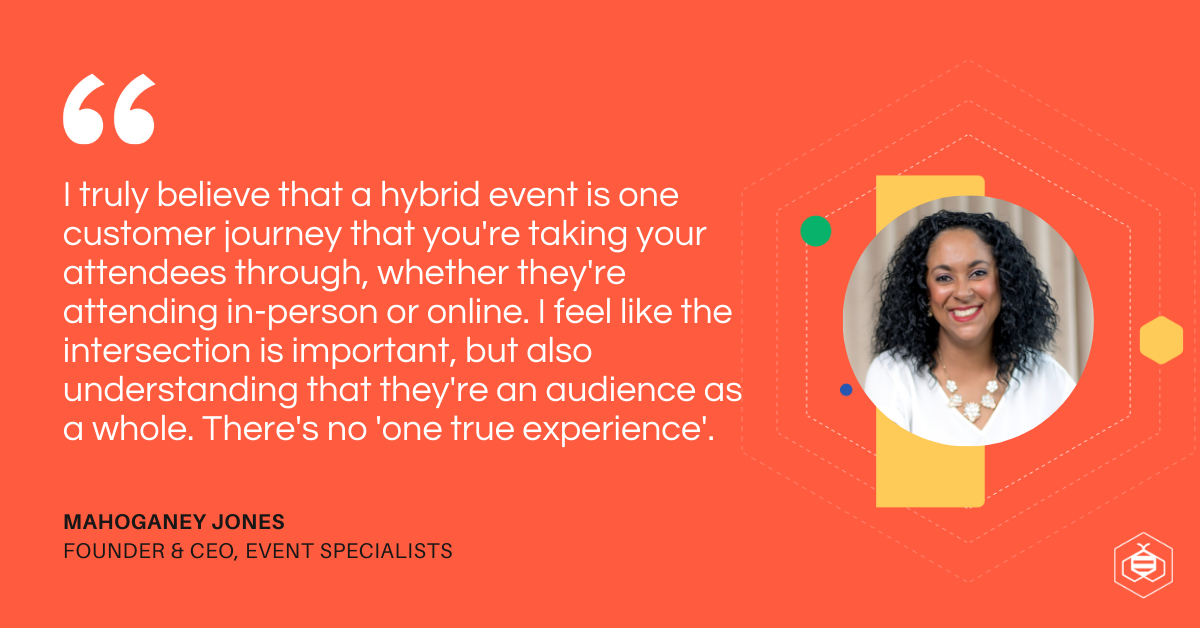
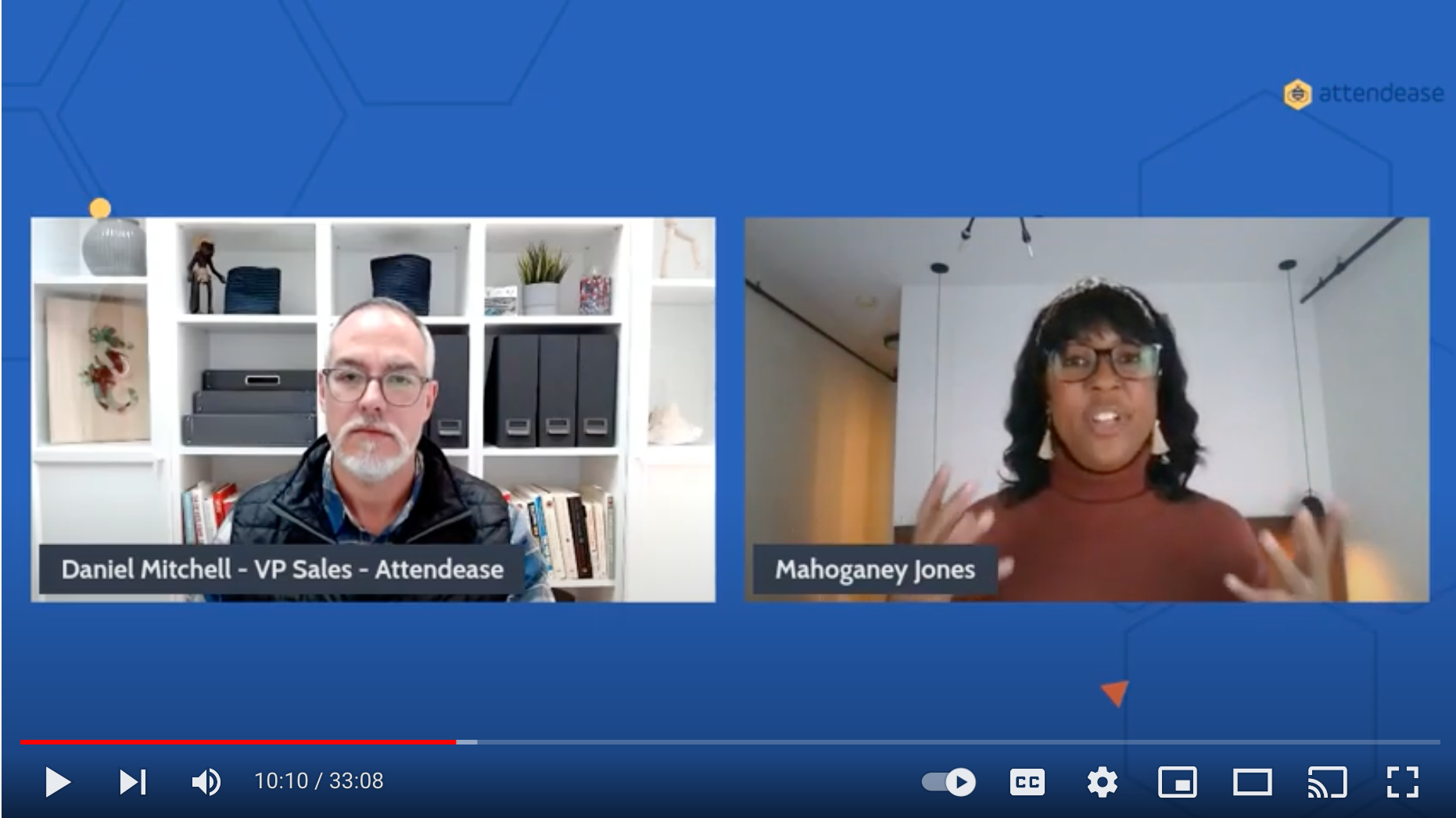


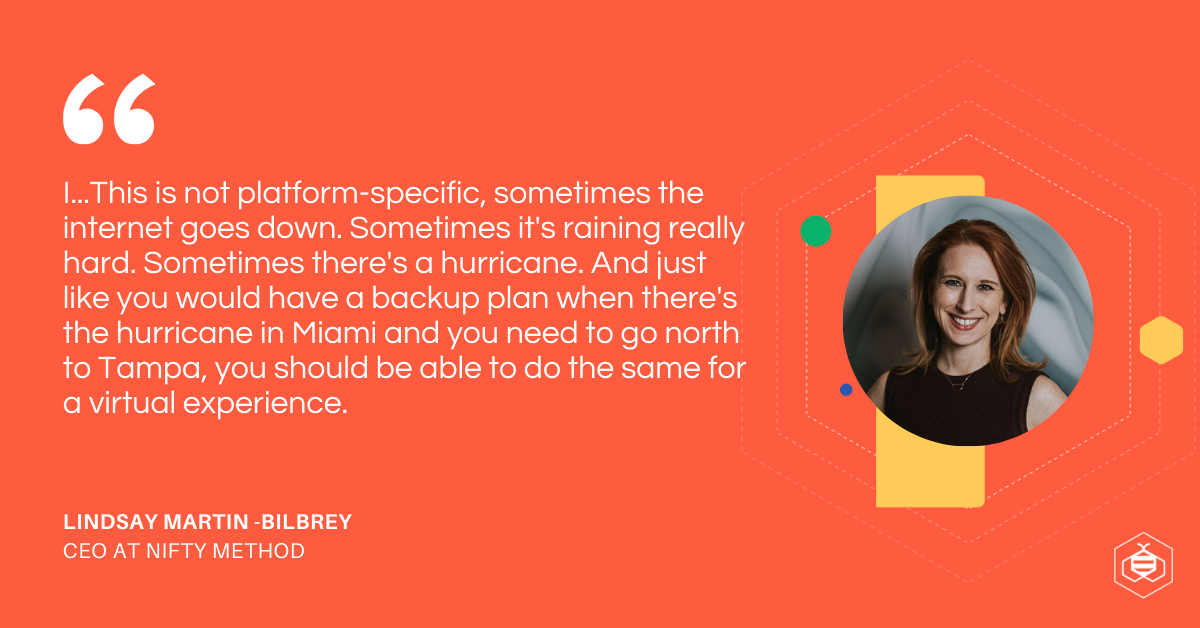 Walk-though a requirements gathering process with Lindsay Martin-Bilbrey
Walk-though a requirements gathering process with Lindsay Martin-Bilbrey

